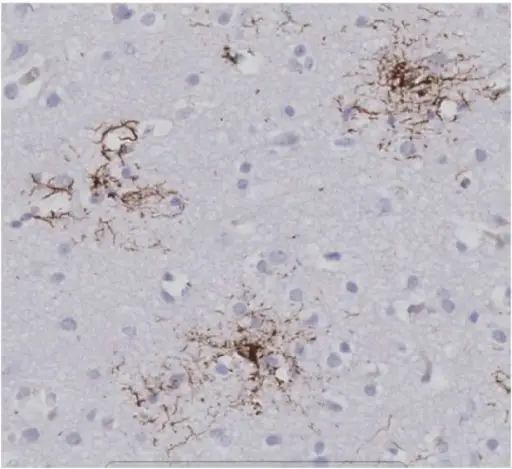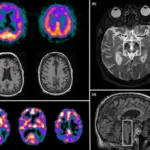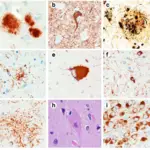Progressive supranuclear palsy is a rare brain disorder that causes problems with movement, walking and balance, and eye movement. Progressive supranuclear palsy results from damage to nerve cells in the brain that control thinking and body movement.
What is the Pathology of Progressive Supranuclear Palsy?
Etiology: The cause of progressive supranuclear palsy is a variant in the gene for tau protein called the H1 haplotype, located on chromosome 17.
Genes involved: the gene for tau protein called the H1 haplotype, located on chromosome 17.
Pathogenesis: Neuronal loss.
Histology: The histology associated with progressive supranuclear palsy shows neuronal loss, neurofibrillary tangles and gliosis.
How does Progressive Supranuclear Palsy Present?
Patients with progressive supranuclear palsy are typically of 60–70 years of age. Males are slightly more likely to be affected than females. The symptoms, features, and clinical findings associated with Progressive supranuclear palsy include vision disturbances, balance problems, and movement issues.
How is Progressive Supranuclear Palsy Diagnosed?
Progressive supranuclear palsy is diagnosed by ruling out other conditions.
How is Progressive Supranuclear Palsy Treated?
Progressive supranuclear palsy has no cure.
What is the Prognosis of Progressive Supranuclear Palsy?
The prognosis of progressive supranulcear palsy is poor.



